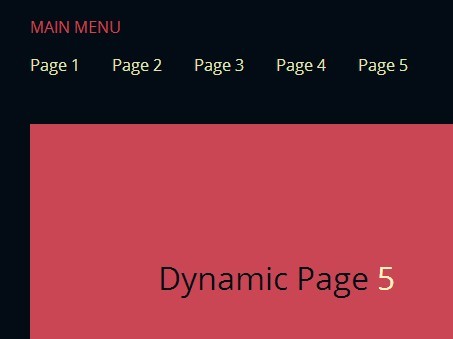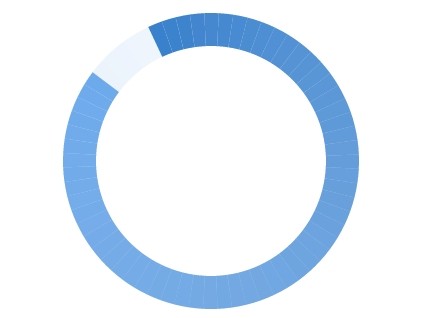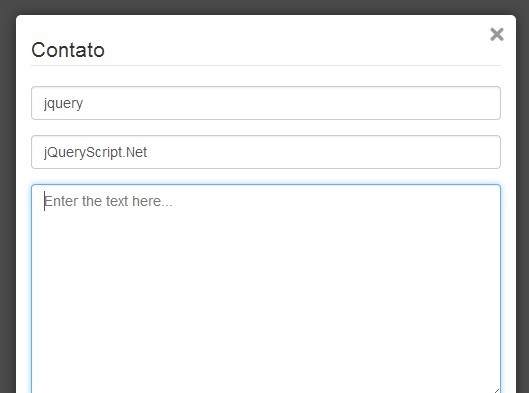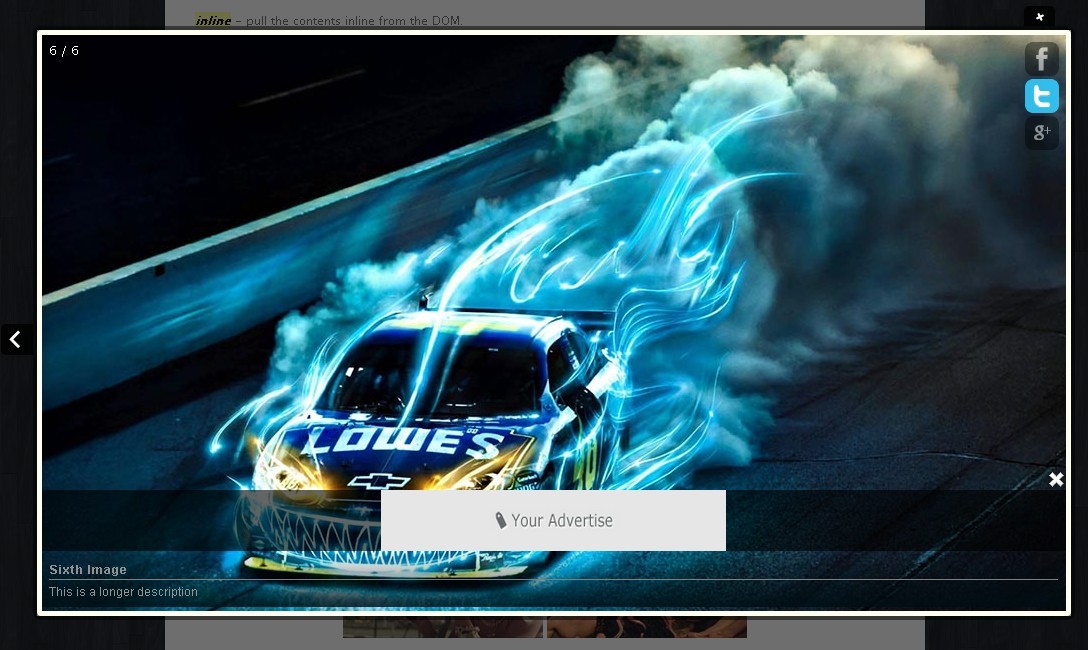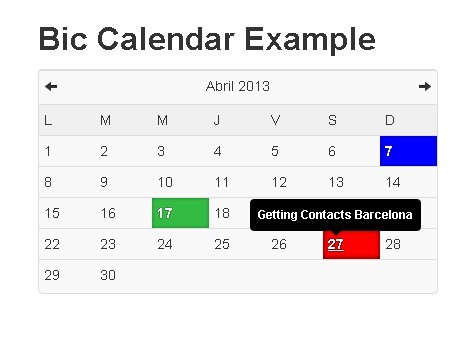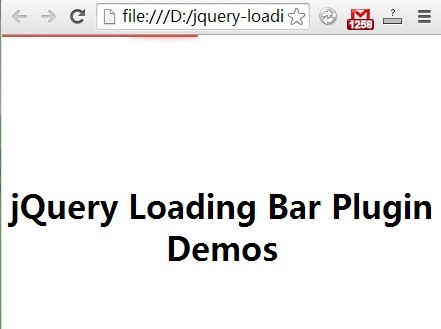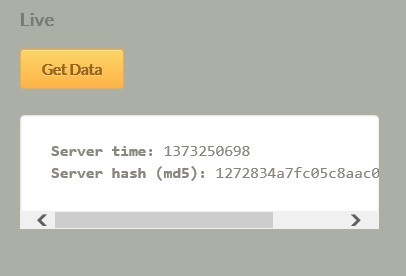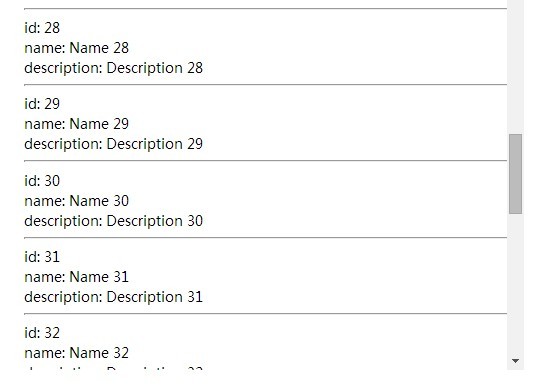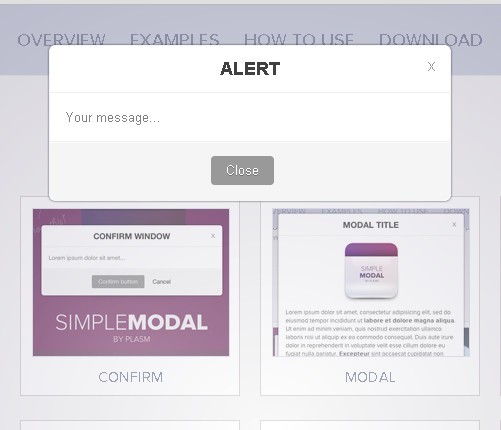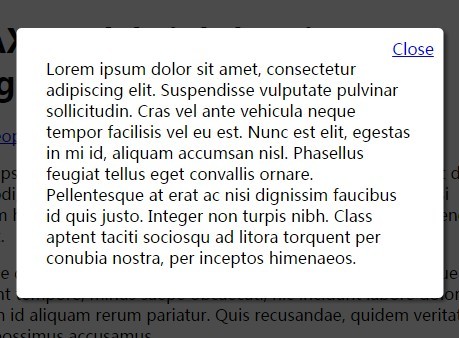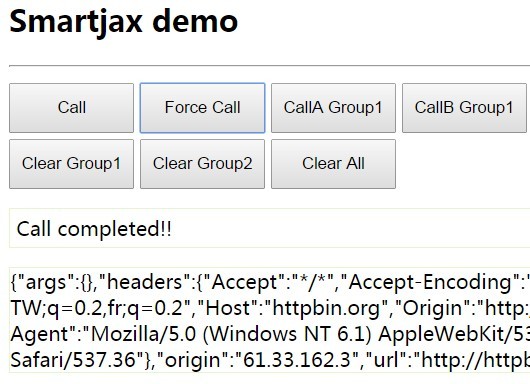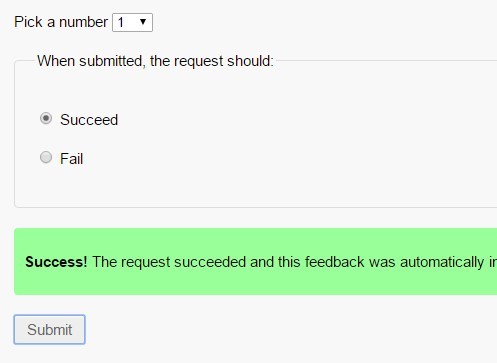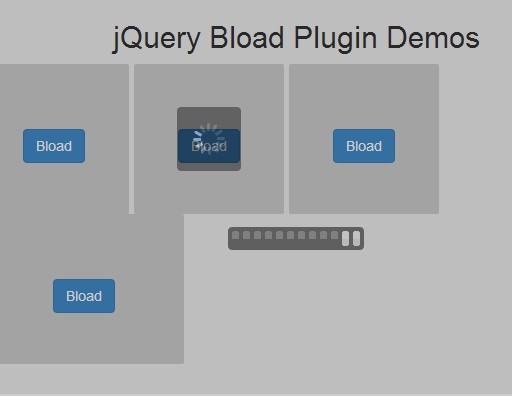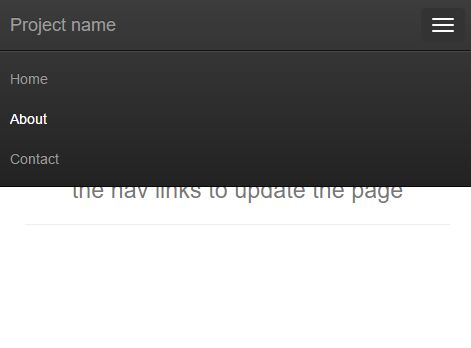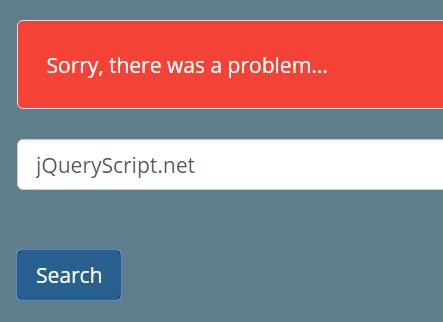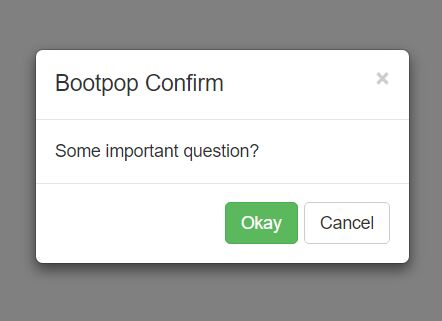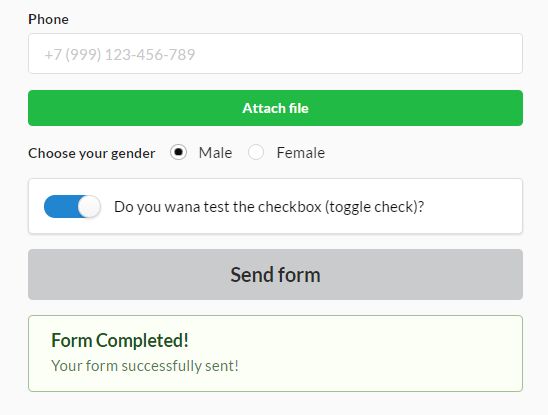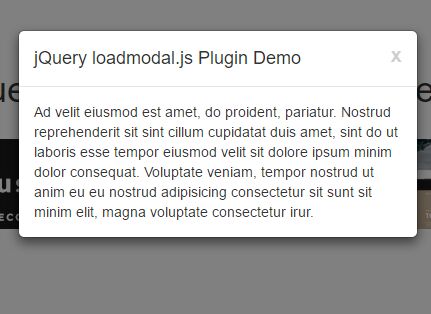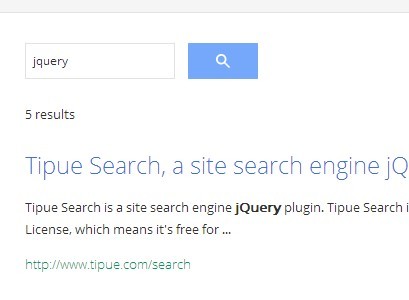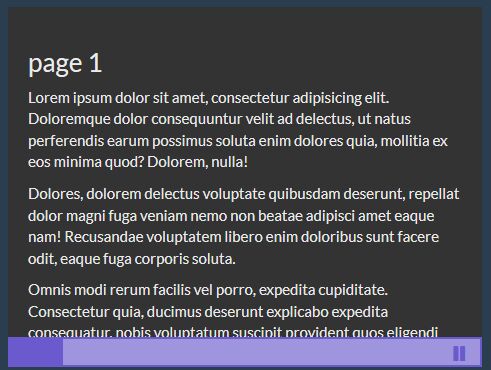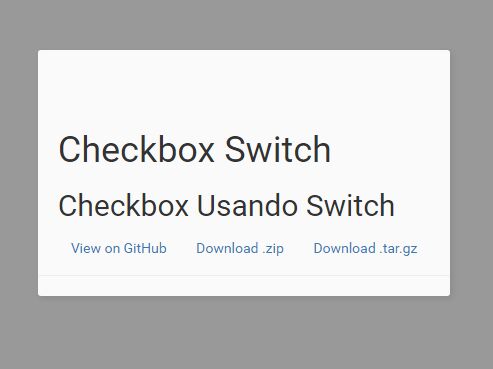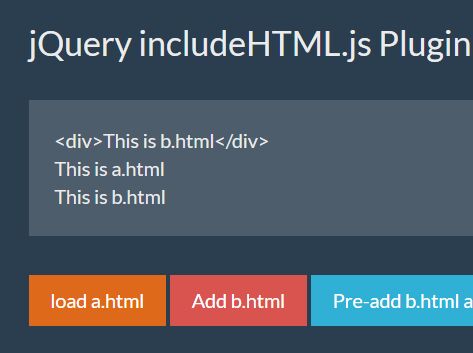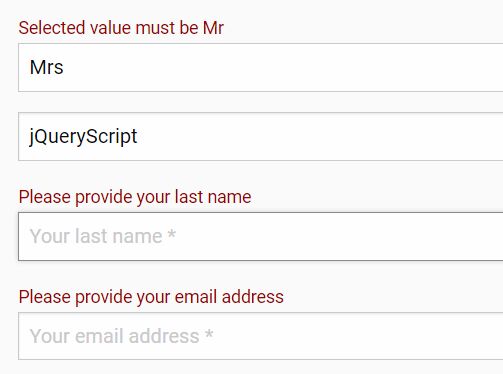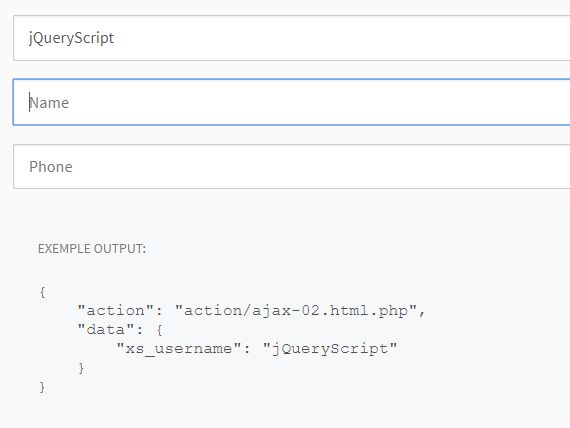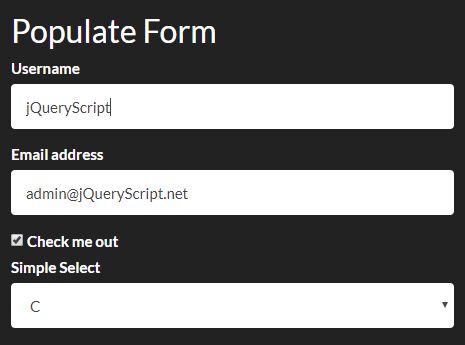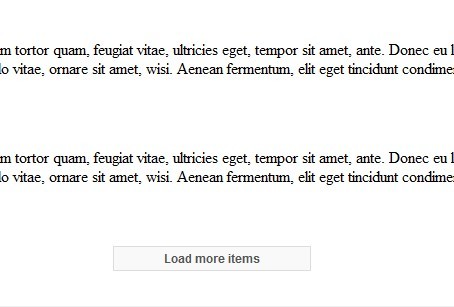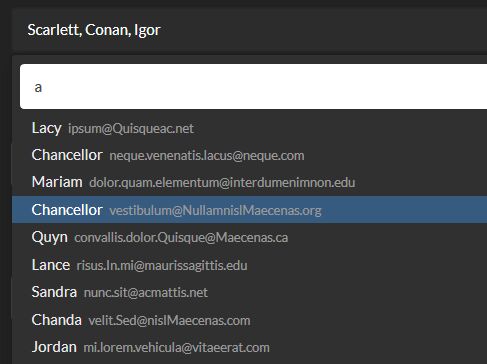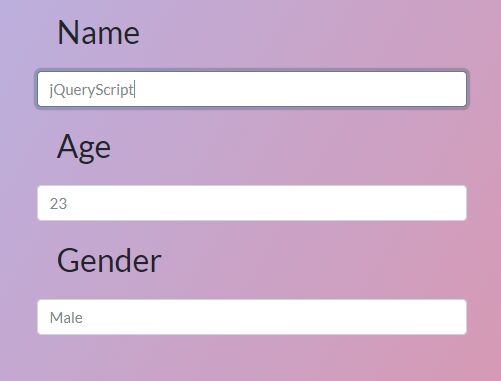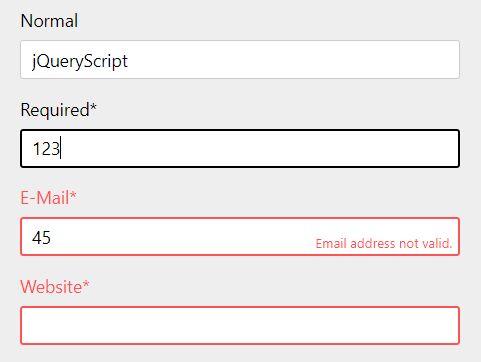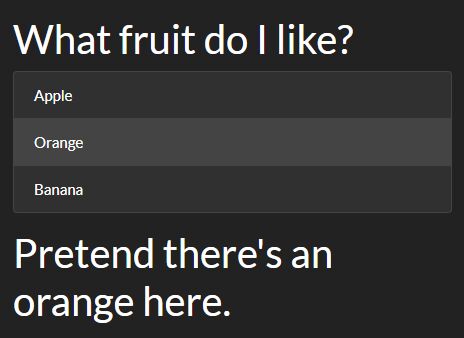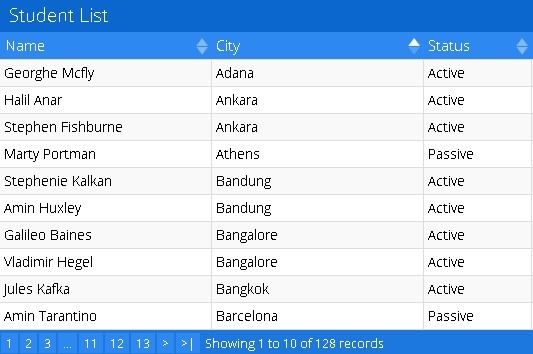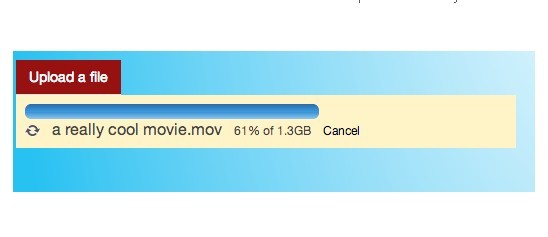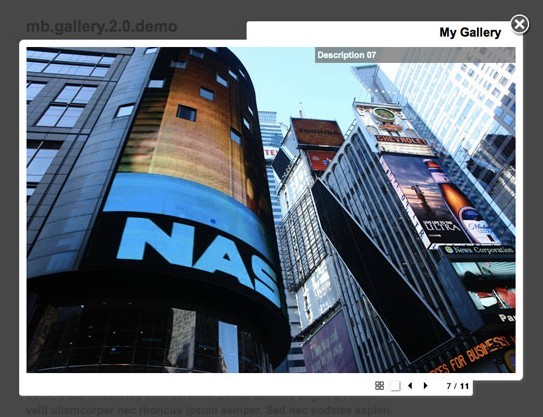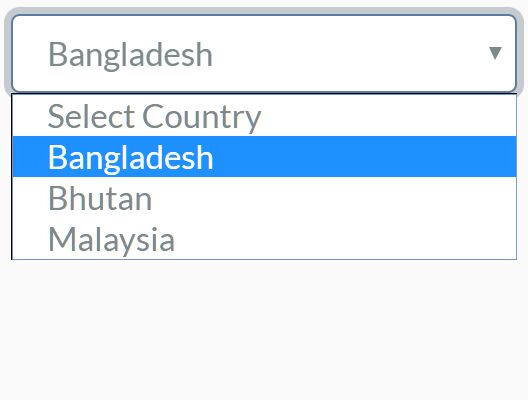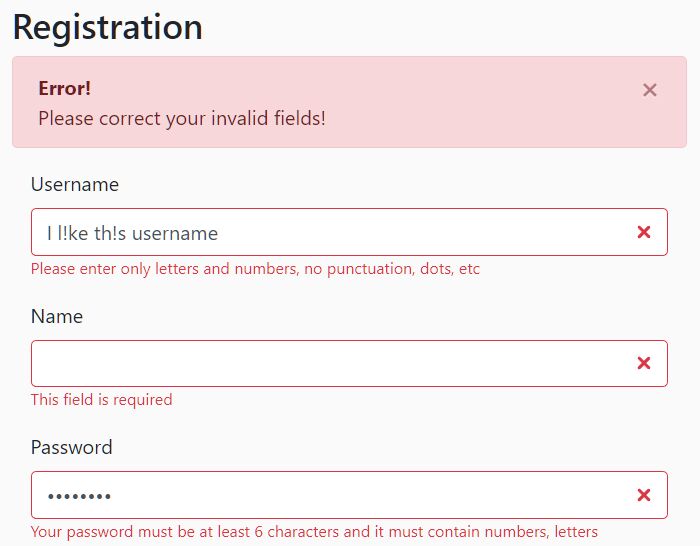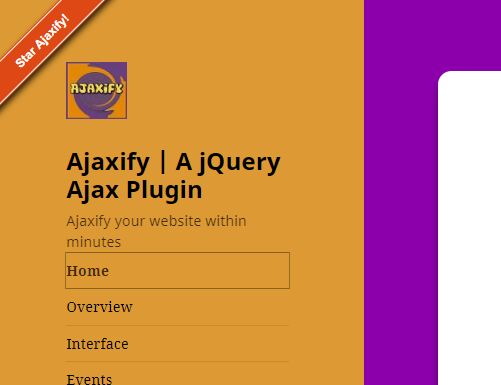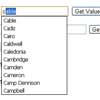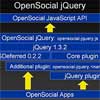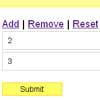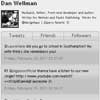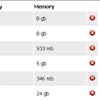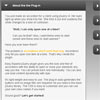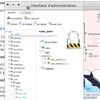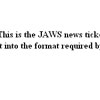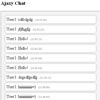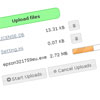jquery-pjaxr 


jquery-pjaxr is jQuery plugin that uses ajax and pushState to deliver a fast browsing experience.
It is able to replace multiple containers and different head tags with full back-forward functionality.
For browsers that don't support pushState pjaxr fully degrades.
Finally released version 1.2 but there is still a lot of work to do and currently no time for me to maintain this lib.
Why another pjax library?
Shortly after starting with pjax a ran into some limitations like:
- how to add additional head elements?
- how to update multiple containers?
I started writing a workaround which became an own library and here we are :).
I hope pjaxr will help people who are running into the same problems like I did.
Note
There is already an awesome plugin called jquery-pjax on which this project is based. For not breaking existing frontends but to support the same port to the server this library is named pjaxr and accepts the same header X-PJAX.
There are still many testcases missing but the most signicant are setup. PR's are welcome.
Installation
- Download the latest release: v1.2.0
- Clone the repository:
git clone [email protected]:minddust/jquery-pjaxr.git. - Curl the library:
curl -O https://raw.github.com/minddust/jquery-pjaxr/master/jquery.pjaxr.min.js - Install with Bower:
bower install jquery-pjaxr.
Dependencies
Requires jQuery 1.9.x or higher.
Usage
$(document).pjaxr('a');That's all you need to activate pjaxr functionality.
If you only want to bind pjaxr when it's supported by the user's browser, you can activate pjaxr like this:
if ($.support.pjaxr) { $(document).pjaxr('a'); }Or you can call the click handler by yourself and wrap it with some additional start functionality like this:
if ($.support.pjaxr) { $('#some-menu').on('click', 'a[data-pjaxr]', function(event) { $(document).pjaxr.click(event); }); }Or you can make a pjaxr request by pure calling:
$(document).pjaxr.request('/about/', {timeout: 1337});If you are migrating an existing site you probably don't want to enable pjaxr everywhere just yet. Instead of using a global selector like a try annotating pjaxrable links with data-pjaxr, then use 'a[data-pjaxr]' as your selector.
data-pjaxr-namespace
There is also the possibility to add a data-pjaxr-namespace to the body which will then be set as X-PJAX-NAMESPACE in the request header. This is just for initialising the namespace - Any further values should come from pjaxr responses via <pjaxr-namespace>.
By passing the namespace it's possible to limit the replacement area on the server side. Checkout existing pjaxr libraries below.
Settings
Of course there are some options which will change your pjaxr behavior:
timeout: the time in ms pjaxr will wait for a server response before hard loading the page. (default:650)push: determines whether to push the pjaxr request or not (default:true)replace: determines whether to replace the history state or not. will be ignored ifpushistrue. (default:false)scrollTo: position in pixel the to scroll after pjaxring. (default:0)version: delivered pjaxr version. used to compare withX-PJAX-VERSIONof the response header to force hard load on mismatch. (default:<meta http-equiv="X-PJAX-VERSION" content="...">)
You can either pass them as a second parameter on your pjaxr call or override them globally via $.fn.pjaxr.defaults.
Signals
jquery-pjaxr fires a number of events regardless of how its invoked.
All events are fired from the document, cause the actions concern the whole page.
start and end
pjaxr:start- Fired when a pjaxr request is made orpopstateis triggered.pjaxr:end- Fired when a pjaxr request ends orpopstateis triggered.pjaxr:click- Fired when a pjaxr link is clicked.
ajax related
pjaxr:beforeSend- Fired before the pjaxr request begins. Preventing this event will abort the request.pjaxr:send- Fired after the pjaxr request begins.pjaxr:always- Fired after the pjaxr request finishes.pjaxr:success- Fired after the pjaxr request succeeds.pjaxr:done- Fired after the pjaxr request is processed successfully.pjaxr:fail- Fired after the pjaxr request fails. Preventing this event will disable fallback redirect.pjaxr:timeout- Fired if after timeout is reached. Preventing this event will disable the fallback and will wait indefinitely until the response returns.
send and complete are a good pair of events to use if you are implementing a loading indicator. They'll only be triggered if an actual request is made, not if it's loaded from cache.
$(document).on('pjaxr:send', function() { $('#loading').show() }) $(document).on('pjaxr:complete', function() { $('#loading').hide() })Response Structure & Rules
Check if the request header have X-PAX set and return rendered html in like this format:
<pjaxr-head> <title>...</title> <meta name="..." ...> <meta property="..." ...> <link href="..." ...> <script src="..."></script> <style>...</style> </pjaxr-head> <pjaxr-body> <... id="..." ...></...> <... id="..." ...></...> <... id="..." ...></...> </pjaxr-body> <pjaxr-namespace>...</pjaxr-namespace>pjaxr-headandpjaxr-bodyare optional but if both are missing, pjaxr will hard load the giving url.pjaxr-headtitlewill always be replaced if given.metawill be replaced ifnameorpropertyfind a match, otherwise it will be appended.linkwill be replaced ifhreffinds a match, otherwise it will be appended.scriptwill be replaced ifhreffinds a match, otherwise it will be appended.stylewill always be appended.data-remove-on-pjaxrcan the written to any tag and will force the element to be removed with the next pjaxr request and restored on popstate.
pjaxr-body- every child must have an id.
pjaxr-namespaceis optional but when given - it's value will be passed on further request viaX-PJAX-NAMESPACE.- any other content will be ignored.
Existing Pjaxr Server Side Libraries
These libs are making use of the advanced pjaxr namespacing functionality:
Existing Pjax Server Side Libraries
There are many available plugins for different languages and frameworks which will lift the heavy work for you:
- Asp.Net MVC3: http://biasecurities.com/blog/2011/using-pjax-with-asp-net-mvc3/
- Aspen: https://gist.github.com/whit537/6059536
- CakePHP : https://github.com/sanojimaru/CakePjax
- Django: https://github.com/jacobian/django-pjax
- Express: https://github.com/abdelsaid/express-pjax-demo
- Flask: https://github.com/zachwill/pjax_flask
- FuelPHP: https://github.com/rcrowe/fuel-pjax
- Grails: http://www.bobbywarner.com/2012/04/23/add-some-pjax-to-grails/
- Rails: https://github.com/rails/pjax_rails
Testing
As noted above: the testcases are incomplete
The main reason for this is that it's really hard to simulate complex page transitions. If you want to support this project - you can take a look at the structure of the existing ones an write some additional tests. Help is always welcome!
To run the tests locally you have to follow these steps:
-
clone the repository
git clone [email protected]:minddust/jquery-pjaxr.git ``` 2. install python dependencies for test suite
``` pip install Django==1.6.6 pip install django-pjaxr==1.1.1 pip install selenium==2.42.1 ``` 3. install node dependencies for test suite
``` npm install ``` 4. copy pjaxr js into test_app
``` npm run-script prepare-tests ``` 5. install node dependencies for test_app (bower)
``` cd test_app npm install ``` 6. install bower dependencies for test_app
``` npm run-script bower-install ``` 7. run the tests
``` cd .. python test_app/tests/runtests.py ```
Note: you may need to download the ChromeDriver if it's not already installed.
Sites using jquery-pjaxr
If you are using this library and want to get listed below. Please let me know. Just make a pull request or write me an email.
Contributing
Help is appreciated!
Thanks
I like to thank Chris Wanstrath for his really awesome jquery-pjax library. This project wouldn't exist without his work.
Copyright and license
Copyright 2013-2015 Stephan Groß, under MIT license.
Want to appreciate my work? minddust at Gittip






